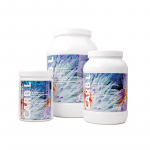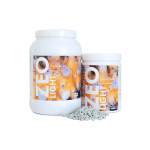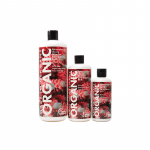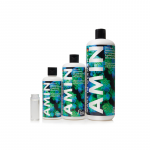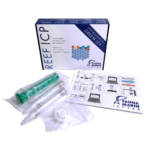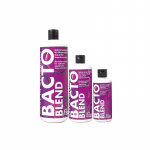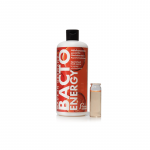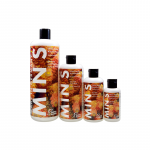Habitat Bali Reef
Bali’s reefs are among the most species-rich biotopes in the world. Three different ocean systems come together here and receive the input of nutrient-rich volcanic ash. All of this has created the most beautiful and species-rich reefs in the world.
The aquarium type that recreates these reef communities we call Bali Reef. A Bali Reef is particularly suitable for the dedicated beginner. The typical and species-rich mixture of different corals, paired with a selected fish population, makes the maintenance quite easy. This biotope type depends on the variety of different coral and fish species that do not compete to each other, but interact as positively as possible. Due to their robustness and undemanding nature, these animals are easy to care for.
A Bali Reef biotope aquarium is nutrient-rich and has slightly elevated water values that provide excellent biological stability. Low maintenance and a small number of care products are sufficient for successful operation. A regular check by our ICP laboratory system and the easy adjustability of the supply via our Balling-Light-Sets enable even beginners to get started.
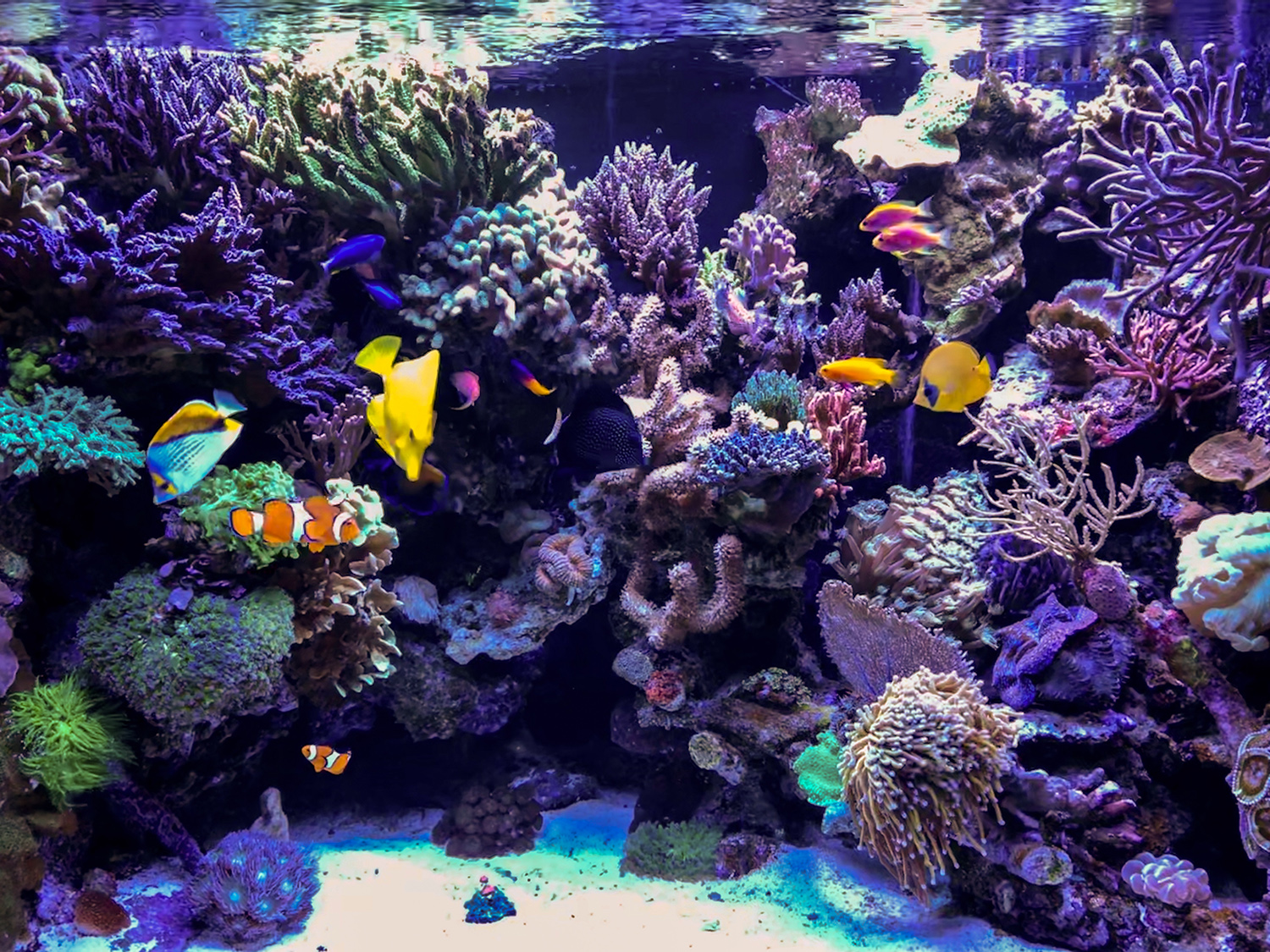
A reef tank:
Bali Reef
Bali Reef – the entire biodiversity of tropical reefs
The biotope type Bali Reef contains the entire biodiversity of tropical coral reefs. On top at the reef edge, fast-growing acroporids stretch their branches towards the light, and the further down the outer reef wall you look, the larger the polyps of the hard corals will get. Here you find wide, flat Fungia corals or Euphyllia heads that fascinate with their strong green fluorescence, or proliferating Duncanopsammia with thick, fleshy polyps. In between, about halfway up, here and there a leather coral stretches its polyps into the open water, and there is also room for symbiotic gorgonians or a Litophyton soft coral. Between the corals, you can see bright orange anthias, yellow Hawaiian yellow tangs and also some colorful butterfly fish. The fact that this Bali Reef is also home to Caribbean species like royal grammas does not disturb this typical beginner’s tank at all, just like the Caribbean gorgonions. Any species looking for a peaceful coexistence is welcome here.
Care
The dosage suggestions we give are geared towards a well stocked aquarium with average fish population and good feeding. The dosage quantities should be adjusted according to the stocking level, technique and lighting regime.
For a Bali Reef it is sufficient to check the water values once a week after an adjustment period.
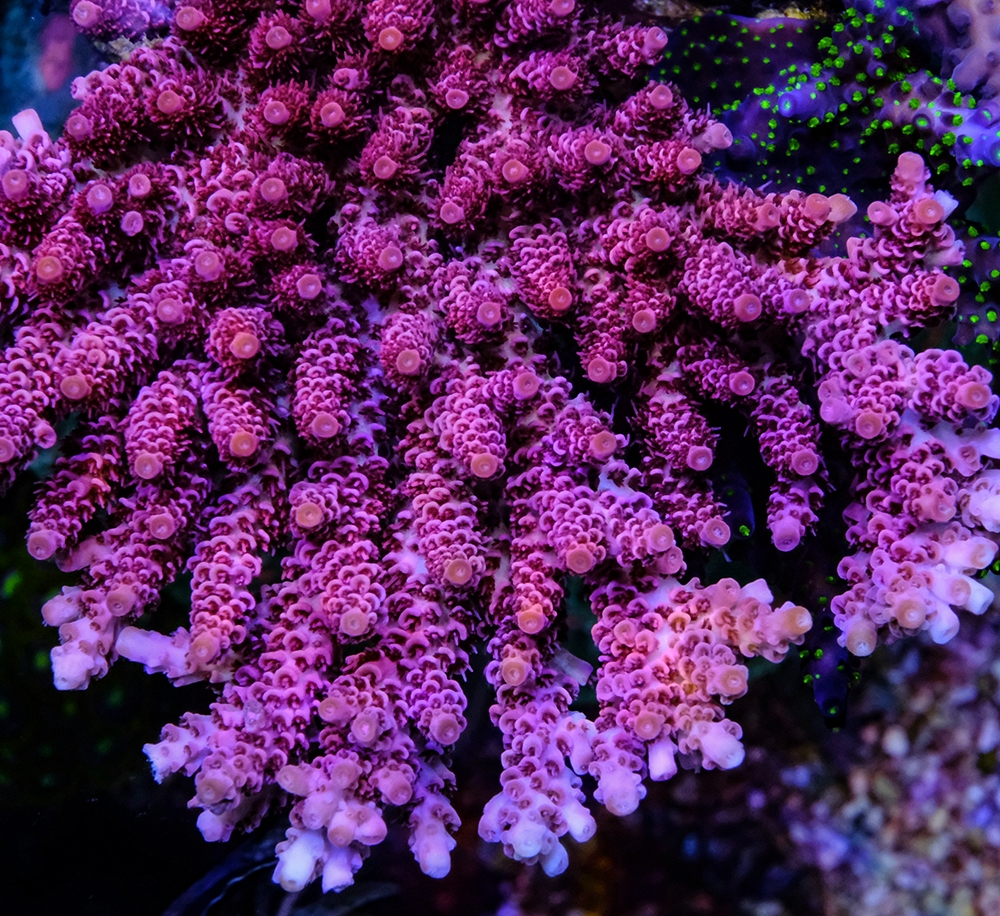
Recommended water values
| Salinity | 34–35 ppt |
|---|---|
| Calcium | 420 mg/l |
| Magnesium | 1.250 mg/l |
| °dKh | 7,5–8,5 |
| Temp | 25–27 °C |
| Nitrate | 3–10 mg/l |
| PO4 | 0,04–0,08 mg/l |
| Recommended partial water change | 2 x 10 % monthly |
Lighting
| medium illumination | up to 400PAR |
|---|---|
| Color | white/blue 14.000 K |
| Source | LED |
| Duration | 10–12 hours daily |
Basic supply of calcium/carbonates
Balling Light System; the dosage depends on the individual consumption of the aquarium. Decisive for this is the measurement of the KH value as well as the calcium value. The usual consumption of calcium and carbonates is in a ratio of about 1:4 Ca/KH when the chemical stability of the aquarium is reached.
Feeding fish
| Granulated food | Spirulina and Soft Mix Veggy Flakes | Link |
|---|---|---|
| Frozen food | Mysis, krill, lobster eggs | 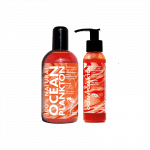 |
